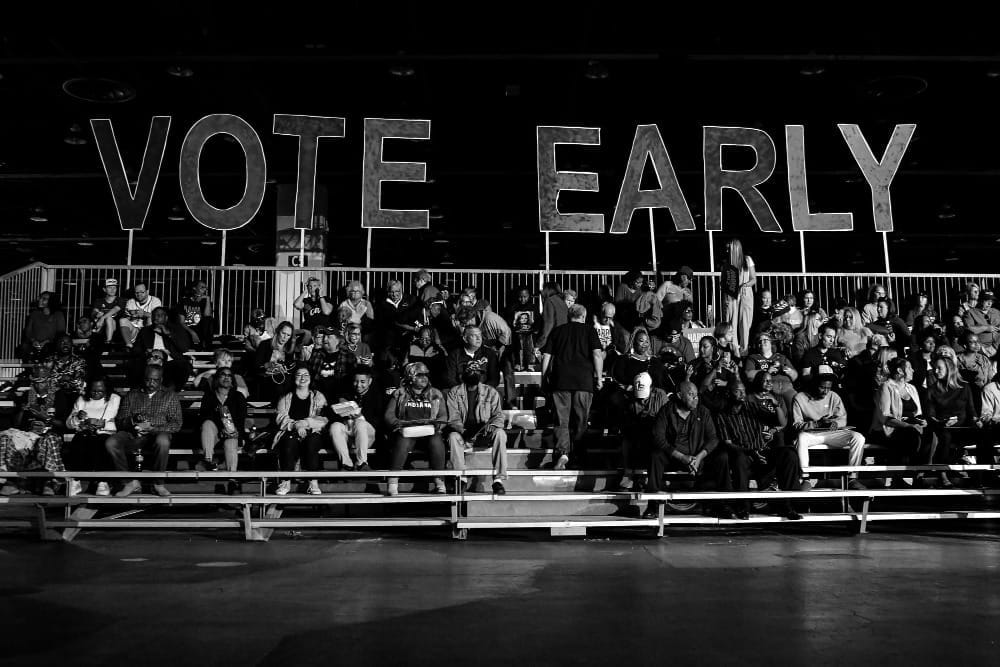What’s Really Fueling U.S. Voters?
In the end, the election may boil down to different ideas about female and male roles; to gender equality and gender traditionalism.

The Persistent is available as a newsletter. Sign up here to get it delivered to your inbox.
There’s a gender gap among U.S. voters, and it’s substantial. Women, especially younger women, are more likely to lean Democratic. Men, as you likely guessed, are more likely to lean Republican.
Data sources, too many to count, show this directionally, but to put some numbers to it, one survey suggests that about 57% of young women show a preference for Harris, while just 45% of men show a preference for her.
In many ways, it makes sense.
After all, on one side we have a candidate poised to become the first woman president of the United States—and wouldn’t that be nice? And on the other? A man approaching 80 who has made, among so many other things, a sport of bragging about his exploits with women. (Exhibit A: The Survivors for Kamala ad which ran in The New York Times this week.)
But something interesting is going on just beneath the surface, too: Voter priorities. To put it simply, women’s and men’s priorities are not aligned; far from it. In one recent poll, for example, young American women listed abortion as their top issue, while another survey found that men between 18-40 listed inflation as their top issue. In fact, by some measures, abortion may not even breach these men’s top 10.
While both women and men favor abortion rights and both have concerns about the economy, ranking abortion rights as a top priority leads to greater support for Harris, while ranking the economy highly leads to a more likely vote for Trump. Other things affect the vote too starting with the plain fact that women are more likely to vote than men. If you’re a married woman you’re more likely to vote in line with your husband. But the percentage of single women—who vote differently than single men—is larger now than in prior generations, contributing to the growing differences in partisan affiliation.
This yawning gap, which is global in scope and has been growing steadily, can in part be explained by the history of the American workplace. We’ll explain.







